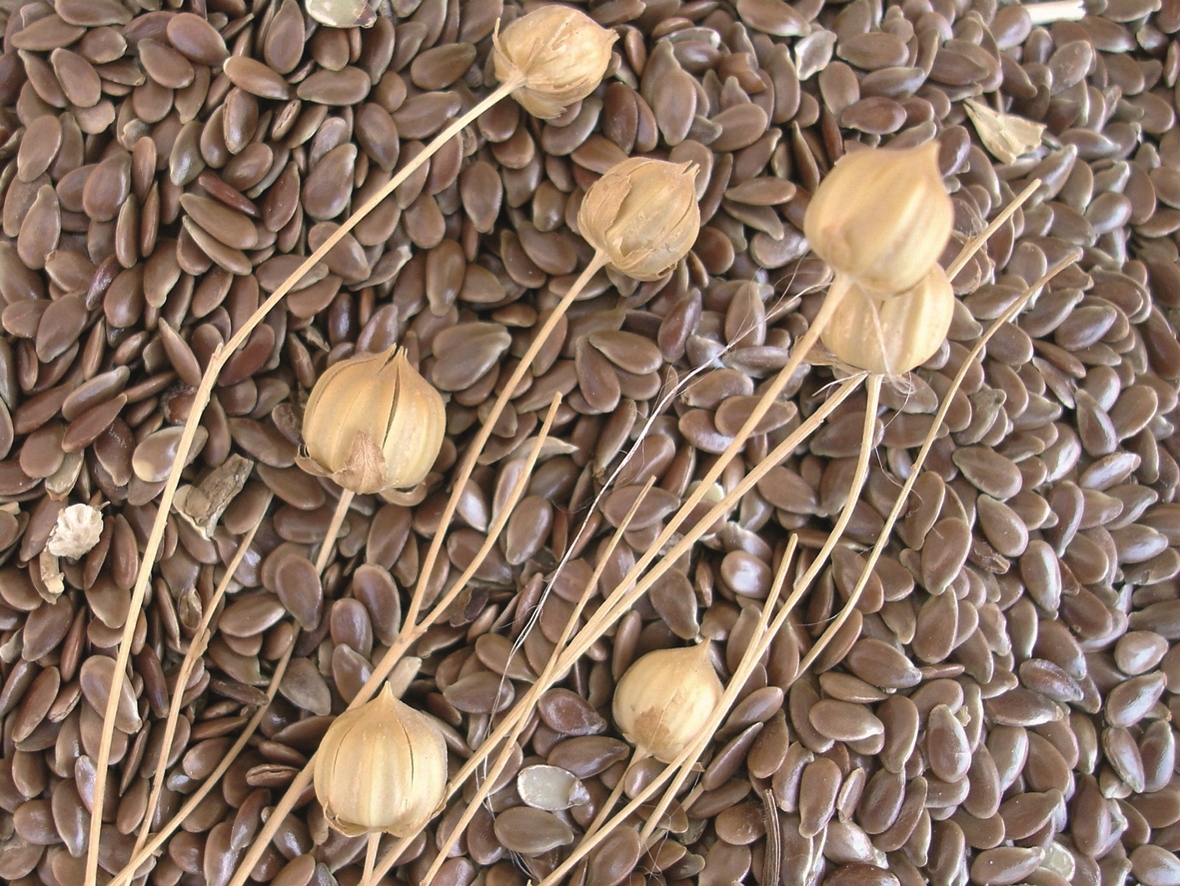Although the linen was spun and woven within the bretagne cloth manufacturing zone, the flax used in the process was very often grown elsewhere. Several attempts to grow it on site in the middle of the 18th century by merchants and Brittany’s Royal Agricultural Society where not particularly successful, and so the raw material therefore needed to be brought in, mainly from Trégor where both the soil and the climate were better suited to growing flax.
Around 1750, 12,000 barrels of flaxseed from both Courland, West Latvia, and Livonia on the eastern shores of the Baltic arrived at Roscoff between the end of January and the beginning of March. They had been brought over from Latvia’s capital, Riga, by traders from Lübeck. More than 7,000 were planted in Trégor, and another 2,000 more in Goëlo. This represented roughly a third of what was planted in the area each year.
Planted in May and hand-picked in July to conserve the stems, the flax was then retted in a routoir (retter), of which hundreds can be seen in Trégor. This retting process involved soaking the stalks for one to two weeks in order to expose the long fibres within the stems. Once dried, these fibres were sold to flax merchants, a large number of whom were concentrated in Lanvollon and the surrounding area, the point of contact between the farming zone and the manufacturing zone, where the fibres would be transformed into linen. The flax merchants sometimes used dozens of retters and transporters and were responsible for selling the raw material to the Quintin, Moncontour, Uzel and Loudéac markets, whence it would be transferred to thousands of spinners and weavers in the surrounding areas.
Translation: Tilly O'Neill


